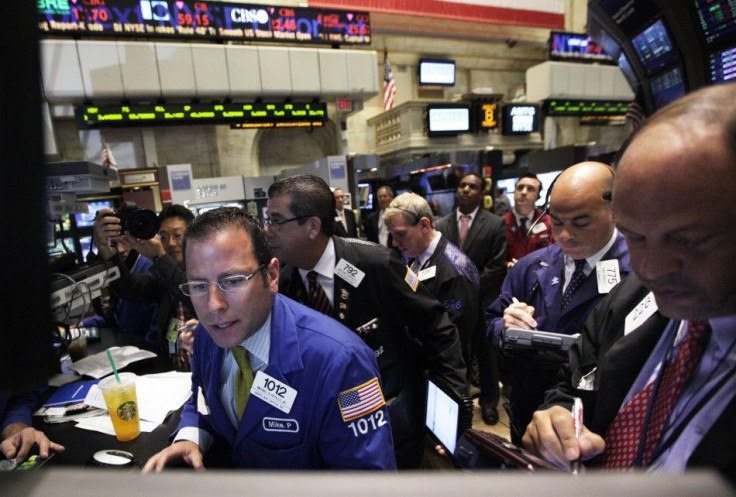U.S. Stocks Plunge, ?No Obvious Catalyst?

In what is turning out to a highly volatile week, U.S. stocks plunged on Wednesday on a vicious late-session sell-off.
The S&P 500 Index plunged 51.77 points, or 4.42 percent, to close at 1,120.76. The Dow Jones Industrial Average fell 519.83 points, or 4.62 percent, to end at 10,719.94. The NASDAQ Composite fell 4.09 percent.
The sentiment was bearish across asset classes as U.S. Treasuries rallied while high-yielding currencies fell against the U.S. dollar.
“There was no obvious catalyst for the move this afternoon, as market players continued to fret over the deterioration in the US and global outlook,” said Michael Woolfolk of BNY Mellon in a note.
Indeed, the outlook for the U.S. economy and European financial system – which is plagued by the sovereign debt crisis and problems that arise from it – remains grim.
On Tuesday, the market surged on the Federal Reserve monetary policy statement, which promised to keep rates low until at least mi-2013 and hinted that the Fed could be thinking about QE3.
However, on Wednesday, the market decided, for whatever reason, to refocus on the negatives.
The extreme volatility and lack of explanation this week has confounded many market veterans.
“I've been lucky enough to be in this business over 50 years and have seen lots of things, from the Cuban Missile Crisis and the Kennedy Assassination to the Crash of '87 and the 2008 meltdown…[Wednesday was one] of the most frenetic and bizarre trading sessions that I can recall,” wrote Art Cashin, director of floor operations at UBS Financial Services, reported the Wall Street Journal.
© Copyright IBTimes 2024. All rights reserved.











